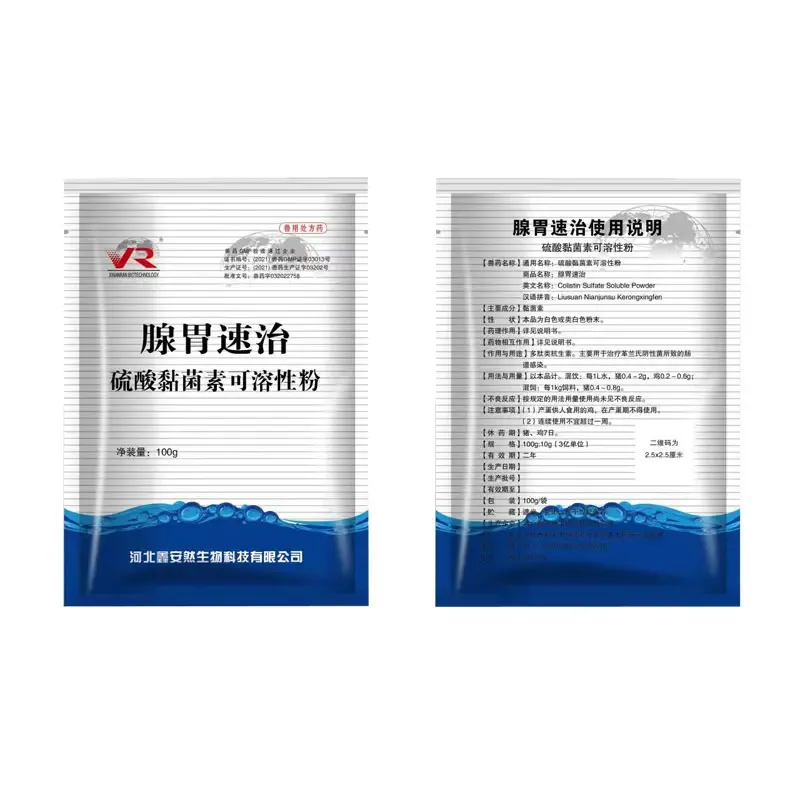- Afrikaans
- Albanian
- Amharic
- Arabic
- Armenian
- Azerbaijani
- Basque
- Belarusian
- Bengali
- Bosnian
- Bulgarian
- Catalan
- Cebuano
- Corsican
- Croatian
- Czech
- Danish
- Dutch
- English
- Esperanto
- Estonian
- Finnish
- French
- Frisian
- Galician
- Georgian
- German
- Greek
- Gujarati
- Haitian Creole
- hausa
- hawaiian
- Hebrew
- Hindi
- Miao
- Hungarian
- Icelandic
- igbo
- Indonesian
- irish
- Italian
- Japanese
- Javanese
- Kannada
- kazakh
- Khmer
- Rwandese
- Korean
- Kurdish
- Kyrgyz
- Lao
- Latin
- Latvian
- Lithuanian
- Luxembourgish
- Macedonian
- Malgashi
- Malay
- Malayalam
- Maltese
- Maori
- Marathi
- Mongolian
- Myanmar
- Nepali
- Norwegian
- Norwegian
- Occitan
- Pashto
- Persian
- Polish
- Portuguese
- Punjabi
- Romanian
- Russian
- Samoan
- Scottish Gaelic
- Serbian
- Sesotho
- Shona
- Sindhi
- Sinhala
- Slovak
- Slovenian
- Somali
- Spanish
- Sundanese
- Swahili
- Swedish
- Tagalog
- Tajik
- Tamil
- Tatar
- Telugu
- Thai
- Turkish
- Turkmen
- Ukrainian
- Urdu
- Uighur
- Uzbek
- Vietnamese
- Welsh
- Bantu
- Yiddish
- Yoruba
- Zulu
Th12 . 04, 2024 18:15 Back to list
Enrofloxacin Injection Dosage Guidelines for Canine Treatment and Care
Understanding Enrofloxacin Injection Dosage for Dogs
Enrofloxacin, a synthetic antibacterial agent belonging to the fluoroquinolone class, is widely used in veterinary medicine to treat a range of bacterial infections in dogs. This medication is particularly effective against gram-negative bacteria and certain gram-positive bacteria, making it a valuable therapeutic option for veterinarians. However, proper dosing is crucial to ensure both effectiveness and safety while minimizing the risk of adverse effects. This article will delve into dosing guidelines, considerations, and the implications of enrofloxacin use in canine patients.
Indications for Use
Enrofloxacin is commonly prescribed for various infections, including urinary tract infections, skin infections, respiratory tract infections, and gastrointestinal infections. Its broad-spectrum activity makes it particularly suitable for treating infections caused by bacteria that are resistant to other antibiotics. However, veterinarians typically perform culture and sensitivity tests to identify the specific bacteria and their antibiotic sensitivities before prescribing enrofloxacin.
Dosage Guidelines
The dosage of enrofloxacin can vary based on several factors, including the dog's weight, the severity of the infection, and the specific type of bacteria involved. The general recommended dosage for dogs is typically between 5 to 20 mg/kg of body weight, administered once daily. For acute infections or those that are resistant, higher dosages may be warranted, but these dosages must be closely monitored by a veterinarian.
For example, a dog weighing 10 kg may receive a dose ranging from 50 mg to 200 mg. It is essential for pet owners to follow the veterinarian's instructions meticulously to avoid underdosing or overdosing, both of which can lead to treatment failures or adverse reactions.
Administration
Enrofloxacin is usually administered via injection, which allows for rapid absorption and quick therapeutic effect, especially in cases where oral administration may not be feasible due to vomiting or severe oral infections. The injection is typically given subcutaneously or intramuscularly, depending on the veterinarian's preference and the dog’s condition.
enrofloxacin injection dosage for dogs

Before the injection, it is crucial to inspect the solution for any discoloration or particulates, as any abnormalities may indicate contamination or degradation of the medication. Proper technique must also be employed during administration to minimize discomfort and ensure effective delivery of the drug.
Side Effects and Precautions
While enrofloxacin is generally well-tolerated in dogs, it is not without potential side effects. Some common side effects include vomiting, diarrhea, and decreased appetite. More severe but less common reactions can include cartilage damage in young, growing dogs, as well as neurological side effects such as seizures or changes in behavior.
Due to these risks, enrofloxacin should be used cautiously in puppies and in dogs with existing central nervous system disorders. It is also essential to avoid administering the drug to pregnant or nursing dogs unless absolutely necessary, as it may affect fetal or neonatal development.
Monitoring Treatment
Continuous monitoring during treatment is essential for evaluating the dog's response to medication. Veterinarians may schedule follow-up appointments to assess whether the clinical signs are improving. Blood tests may also be conducted to monitor the drug's effects on liver and kidney function, which can be affected by enrofloxacin.
If a dog exhibits any adverse effects during treatment, such as persistent vomiting or signs of an allergic reaction, pet owners should contact their veterinarian immediately for further advice. Adjustments to the dosage or a switch to an alternative antibiotic may be necessary depending on the reaction.
Conclusion
Enrofloxacin is an invaluable tool in treating bacterial infections in dogs, given its broad-spectrum effectiveness. Nevertheless, understanding proper dosaging, potential side effects, and the importance of vet consultations is imperative for responsible use. If your dog is prescribed enrofloxacin, follow the veterinarian's guidance closely to ensure a safe and effective treatment outcome. Always discuss any concerns or questions with your vet to foster a comprehensive understanding of your pet's health needs.
-
Guide to Oxytetracycline Injection
NewsMar.27,2025
-
Guide to Colistin Sulphate
NewsMar.27,2025
-
Gentamicin Sulfate: Uses, Price, And Key Information
NewsMar.27,2025
-
Enrofloxacin Injection: Uses, Price, And Supplier Information
NewsMar.27,2025
-
Dexamethasone Sodium Phosphate Injection: Uses, Price, And Key Information
NewsMar.27,2025
-
Albendazole Tablet: Uses, Dosage, Cost, And Key Information
NewsMar.27,2025













